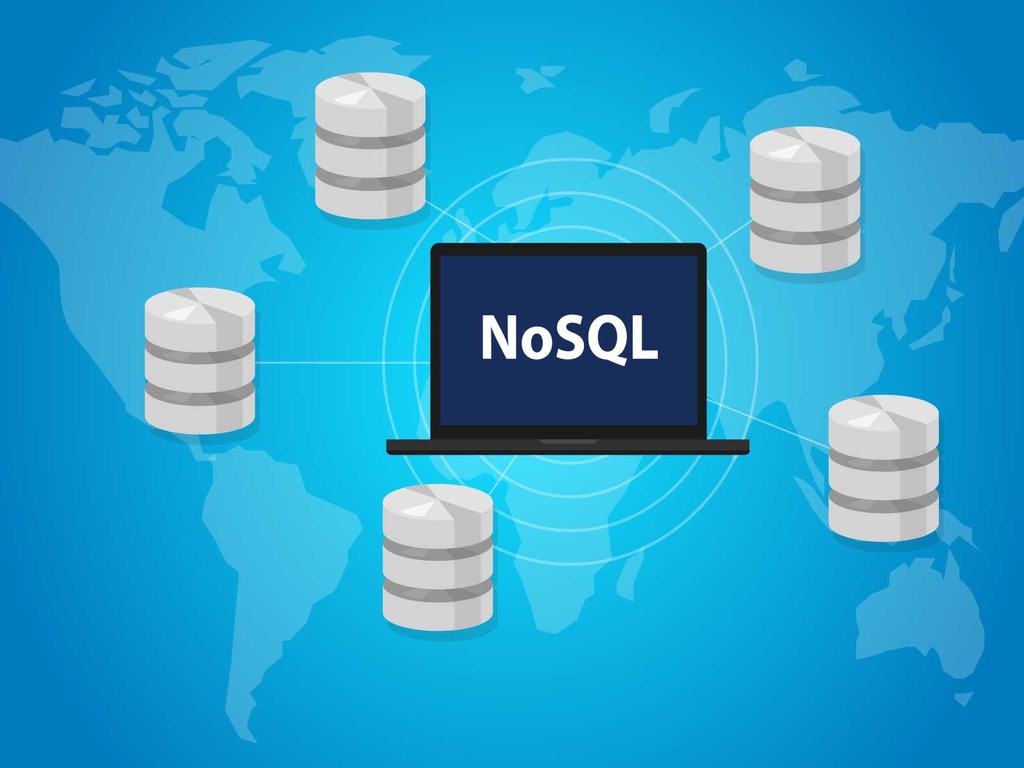What is NoSQL?
What is NoSQL?
In traditional programming, databases are usually of the SQL type; Which is a relational database. Databases are simple relationships and are usually hassle-free to work with. But these types of databases have a big problem. This problem manifested itself when the world’s software giants such as Google, Amazon, and Facebook needed to analyze large amounts of data, or Big Data.
Due to their structure, relational databases were inefficient in analyzing big data. Of course, in some cases, it was almost impossible to use the tabular structure in relational databases. Because of this, storing large volumes of non-structured data greatly reduces the speed and efficiency of these databases. Until NoSQL databases came into being, as you can guess, the main purpose of creating NoSQL databases was to work with unstructured and bulky data.
We said that the problem with SQL-based databases is their structure. But what is this structure like, and why does it cause such problems? To understand the answer to this question, we need to know a little about the structure of SQL databases.
Familiarity with the structure of the SQL database
If you have experience using SQL, you know that you must always obey the rules. That means you have to put a set of identical information with the same specifications in your respective tables. In fact, in SQL, you have to have specific answers to each of these questions:
- What entities do you have? In what categories is the information to be stored? User categories, news, comments, etc., are all examples of existence. Usually, each entity is considered in the form of a table.
- What are the properties of each of your tables? What specific information do you intend to store in it? Remember that these properties must be constant! Because each of these properties is a column in your table. For example, the user table can contain columns of name, surname, age, e-mail, etc., and this number of columns is not supposed to be different for each user.
- What information does each of your data contain? Each new data is stored in the form of a new row in the table you want. For example, for each new user, a row with columns of name, surname, age, etc., is formed in the user table.
- How does each of your tables relate to other tables or tables? For example, each user can be a member of one or more classrooms, and each classroom can contain a set of users.
All of these properties
of your database are stored in SQL with a structure called Schema. Schema is a fixed structure and acts like the skeleton of a building. Everything is mounted on it and completed based on it. By now, you may have figured out where the main problem with this type of database is in storing unstructured data! In storing such data, the properties of each data are not always fixed, making SQL inoperable and sometimes unusable for them.
NoSQL Databases
Not only SQL Databases NoSQL, unlike SQL, uses Dynamic Schema structures. This eliminates the need for developers to formulate specific structures before creating databases. These databases can be of many types, and unlike SQL, they use XML or JSON to store the data.
Here are some common types of NoSQL databases
Key-Value Databases: In this type of database, information is stored in key-value or Key-Value pairs. The keys play the role of the identifier of each data. That is, we can use them to store or find different amounts of data. Key-value databases are the most widely used type of NoSQL databases due to their ease of operation.
Wide-Column Database: You might think that column databases are the same as relational databases. But this is just the appearance of such databases, which is similar to the relationship type. We have said that in databases, the number and type of properties of each entity and the values within it must be. In column databases, however, each column in different records can contain data of different structure and type.
Document Database: In such databases, we use JSON or XML documents to store the data. Document databases are commonly for storing and using scattered and unstructured data.
Graph Databases: In this type of databases, we use graphs to store entities and the relationships between them. Graphical databases are very suitable for cases where we need to make multiple connections between tables.
Multimodel Databases: Multimodel databases are a combination of other types of databases. In this type of database we can store data in different ways, and use them.
Advantages of using NoSQL
NoSQL databases have many advantages that make them the best choice for large, distributed systems. In general, these advantages can be as follows:
High Scalability: NoSQL databases can be easily Horizontal Scaling. This feature reduces the complexity and cost of scaling the software.
High Performance: In NoSQL distributed systems, by automatically duplicating NoSQL data on multiple servers around the world, there is a delay in sending a response from the server.
Availability: In NoSQL distributed systems, the database is still accessible and responsive due to the automatic copying of data on different servers when one or more servers become inaccessible.
Conclusion
We have seen that relational and SQL-based databases, while having the advantage of being regular, are not suitable for unstructured systems or large data analytics. This means that their advantage becomes the biggest disadvantage in many large systems, such as search engines. To solve this problem, NoSQL databases such as MongoDB came. NoSQL databases are in distributed systems, and their performance is improving.

